By Carrie Dagenhard (Tech Writer)
By now, your IT budget for Q1 is likely finalized, and, depending on your organization’s planning cycles, you may have already submitted requests for the remainder of 2021 as well. But as we face the final weeks of one of the most tumultuous years in modern history, it’s an excellent time to acknowledge the lessons we learned and ensure your budget reflects those discoveries, too.
After all, if there’s one thing 2020 taught us, it’s that everything can change on a dime and, the more flexible your organization, the more likely you are to thrive amidst uncertainty. If it doesn’t already, it’s critical you dedicate a significant portion of your IT budget to supporting your team and fostering its agility.
Before you wrap up your budget and dive head-first into a new year, here are some tips to consider:
Permanent Mobility Needs
2020 changed the way we live and work and how we leverage technology in both spheres. If you’re like most tech leaders, you quickly shifted your processes to support a fully remote workforce and spent the rest of the year fine-tuning these efforts. This often meant shuffling around IT budgets and recognizing some of the solutions and software you’ve been relying on for years no longer meet your organization’s needs.
It’ll likely be several months before it’s safe for your entire workforce to re-enter the workspace. And, even then, many employees may prefer to continue working remotely. Forcing employees to give up this flexibility could lead to a drop in engagement and increased turnover. 
In other words, it’s better to plan as if mobility is the new norm — because it is. According to Gartner, a sizeable 82% of business leaders said they’ll let employees continue working from home at least some of the time.
To prepare, you should take time to re-evaluate your remote work technology, like your video conferencing platform, project management software, and all other collaboration tools. This way, no matter where an employee is working, they’ll have everything they need to connect and work productively.
Cybersecurity Trends
The shift to remote work has left many companies open to additional security vulnerabilities. In fact, the entire COVID-19 pandemic has been a field day for cybercriminals. From social engineering and phishing to video conferencing intrusions and WiFi hackers attacking users working from home, it’s been a wild ride. And we can expect a lot of these same concerns to continue in the new year.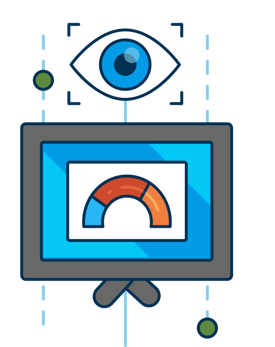
IT teams (and especially tech security pros) were spread thin this year. While it was already difficult to protect companies when most employees were on-site, it’s even more challenging when most of the workforce is remote. In many cases, threats are discovered and reported later than usual, giving bad actors more time to infiltrate your systems.
So what can you do? Consider democratizing security by investing in cybersecurity training and threat monitoring. This way, instead of security teams bearing all the burden, employees will be responsible for correcting their own mistakes.
Legacy Software Challenges
As a tech leader, you know when it comes to software for your organization, some products get the job done while other products get the job done more efficiently and cost-effectively. While you and your team may be committed to boosting productivity, your old, bloated legacy software could be holding you back.
This is one of those cases when “if it isn’t broken, don’t fix it” shouldn’t apply. Just because a solution is still working doesn’t mean you wouldn’t be better off upgrading to something newer and better designed for today’s needs.
Before you put in your final IT budget requests, take time to consider your helpdesk/ticketing software, time tracking solution, invoicing and billing product, asset management software, and project management platform. Are they still meeting (or exceeding) your organization’s needs, and do they integrate well? If not, it may be time to consider an all-in-one professional services automation solution.
Employee Wellbeing
Employee health and wellness hasn’t always been a priority in the corporate world, but COVID-19 quickly brought this issue to the foreground and forced executives to reassess working environments. Not only have companies enforced strict workplace cleanliness and social distancing measures to curb the spread of the virus, but rampant employee burnout has also driven organizations to address mental health concerns.
But what does this have to do with IT? 
Firstly, you’ll need to consider whether you need any new technologies or processes to ensure shared spaces (like conference rooms and huddle areas) are regularly sanitized and that your workspace isn’t over-capacity. As a tech leader, it’s also crucial you give your team the support they need to prevent burnout and promote better mental and physical wellbeing. After all, a healthy workforce isn’t only more satisfied, but they’re more productive, too.
2020 was a year of difficult lessons and, as we look to the year ahead, it’s essential you factor these experiences into your IT budget. Even if you’re sure you’ll have what you need, take a moment and give it a second look.



%201.png?width=559&height=559&name=close-up-women-working-with-devices%20(1)%201.png)
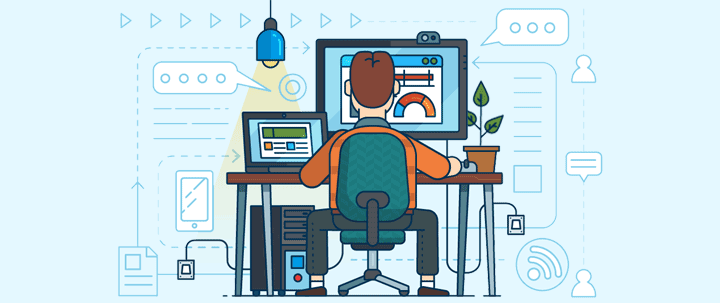
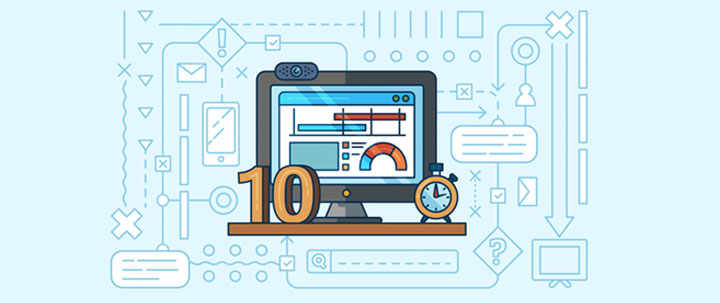


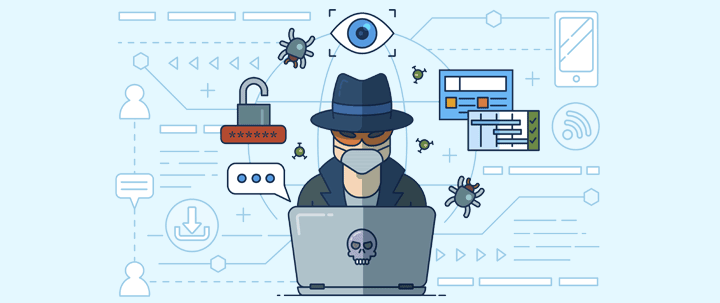

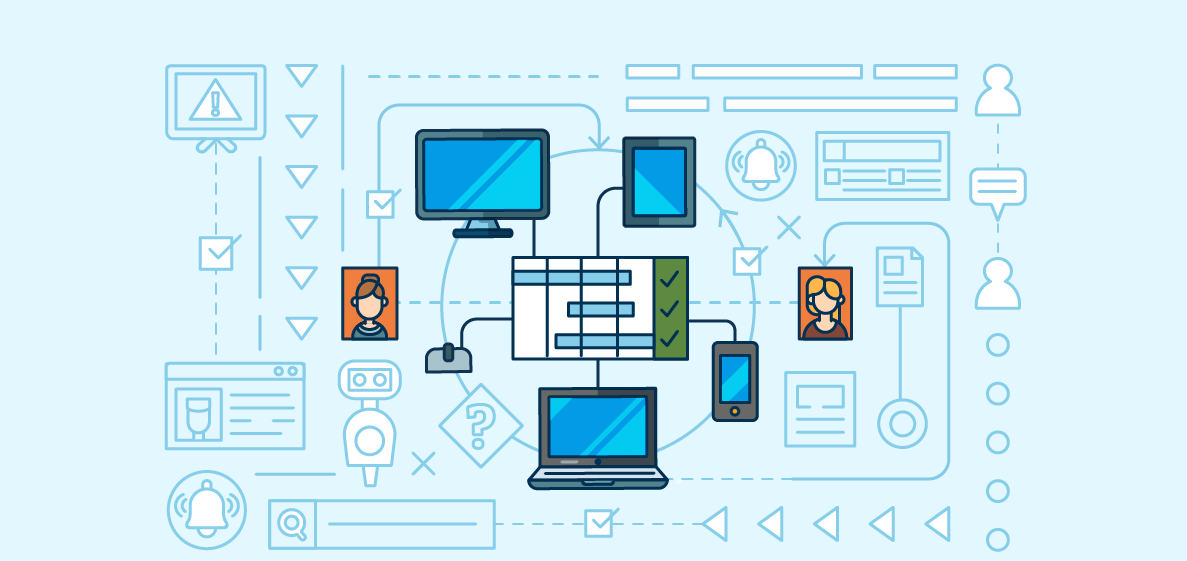
.png)